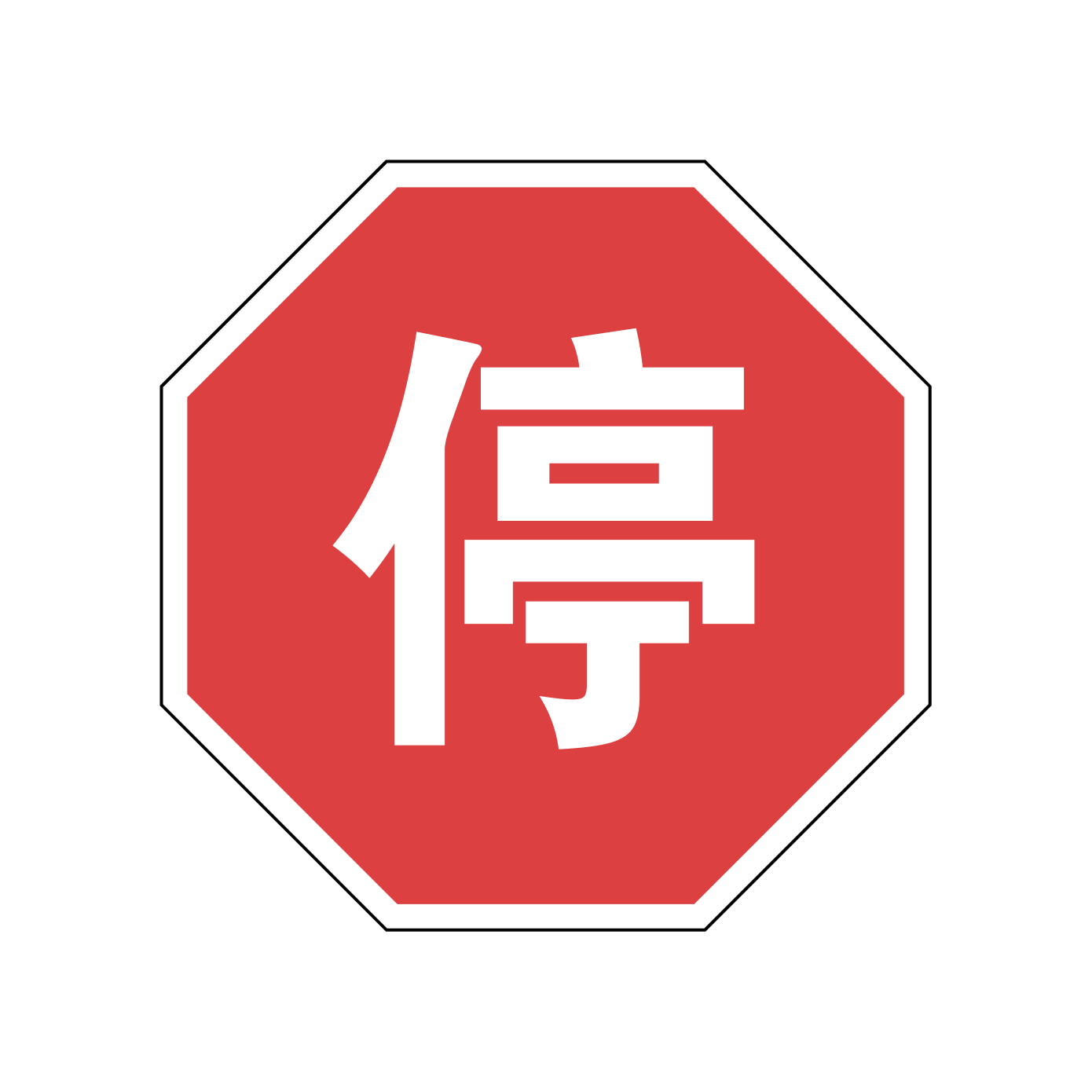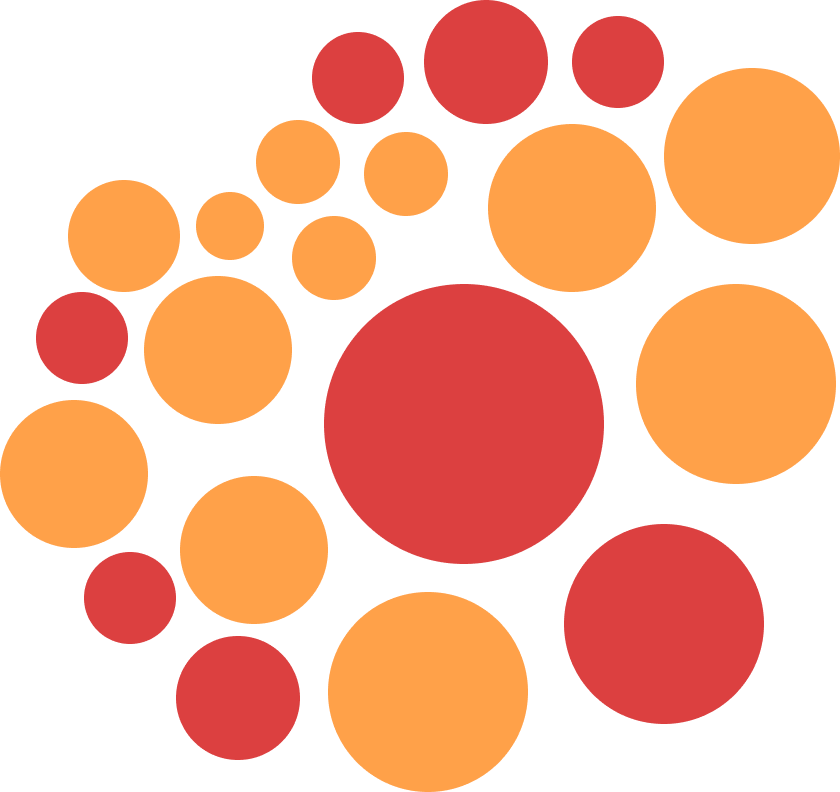A VISUAL ESSAY
colorblind students in
GAOKAO
Instead of filing applications, students take a set of nationwide exams happening at the end of 3 year high school.

Admission to college is based solely on overall exam score and corresponding national ranking.
With over 13 millions examinees in 2024, the level of competition is high in this one-time opportunity1.
there is another issue of access largely overlooked--equal opportunity for colorblind students.


The struggle for colorblind students begins with a mandatory physical exam.
Prior to Gaokao, all students are required to undergo a physical exam that documents and reports various health conditions to college admission offices2.

Under the current policy regarding health conditions in admission, colleges are entitled to reject students with certain health conditions or exclude them from certain majors even if they satisfy the admission score2.

Colorblindness is a health condition to be reported for partial rejection. Among the 816 majors available across all Chinese colleges, colorblind students are rejected from 150 of them, a ratio of 18.4%3.

When filling out their Zhiyuan—a list of desired programs and colleges decisive of the admission result-
a student chooses a category instead of a specific major.

a colorblind student would have less chance of being admitted.
In the worst case scenario, a category might not admit colorblind students at all.



18 out of 93 categories reject colorblind students completely, including all medicine categories.
19.4% of all categories are not an option for colorblind students3.


25 out of 93 categories have a substantial number of majors (≥25%) rejecting colorblind students.
Colorblind students are at much more risk in choosing 26.8% of all categories3.


44 out of 93 categories have at least 1 major rejecting colorblind students.
Colorblind students are less competitive in almost half of all categories3.


but they also translate into long-term restraint in the areas of study and career for colorblind students.

Colorblind students are barred from pursuing medicine because all 11 categories under the official area of medicine completely reject them-no clinician, nurse, researcher or similar role is accessible3.

Colorblind students are barred from pursuing half of the sciences because 5 out of 10 science categories completely reject them-including astronomy, biology, chemistry, geology and psychology3.
Colorblind students are barred from pursuing visual arts because schools and departments openly reject all colorblind students in admission without official policy4.

While many believe the disparity is inevitable—assuming that the absence of color vision leads to increased mistakes and safety risks—they fail to see the full picture.


and accommodations can assist colorblind individuals when necessary.

B. C
C. D
D. A
Research has shown that a colorblind outpatient clinician can perform equally well as a color-vision one if they pay extra care to patient history—often the most important element in diagnosis—and use a color filter in necessary situations like observing blood in body tissues5.

In addition, the principle of being aware of one's color blindness, knowing one's limitations and acting accordingly will help avoid serious mistakes6. In the area of medicine, this principle means understanding the severity of one's color blindness and avoiding specialities relying heavily on colors.
Today, color blindness has nothing to do with college admission in most countries6.
However, every year more than 295000 students are significantly affected in Gaokao by the outdated policy in China7.
the slow progress in advancing disability rights in China.
In Gaokao, it wasn't until 2014 that accommodation for blind and low-vision students was first provided8. Yet Chinese laws on disability rights remain vague and insufficient in specifying how accommodations should be implemented in educational settings9.